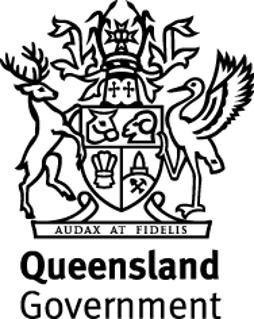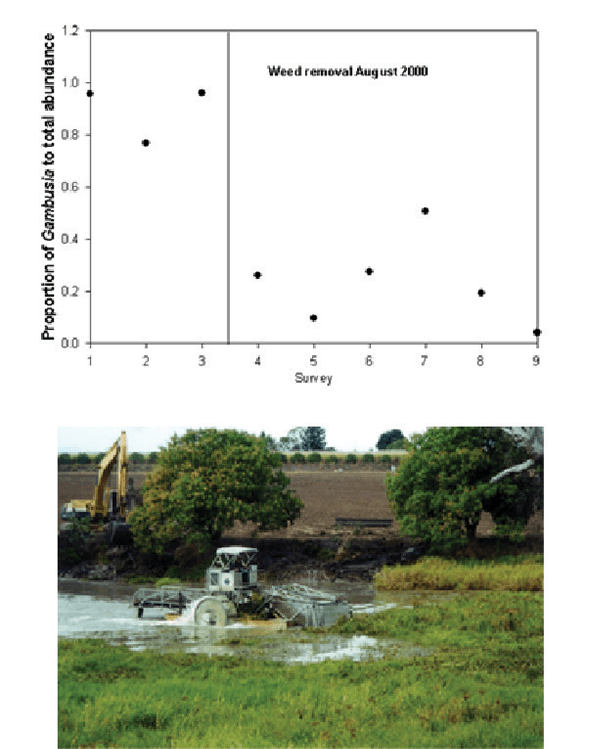|
|
Aquatic fauna pest controlWithin a river rehabilitation context, this action involves reducing or eradicating populations of invasive aquatic animals. Preventative action that avoids the introduction or spread of invasive aquatic animals is widely acknowledged as a more cost-effective approach than controlling established populations and should be pursued in the first instance to control invasive aquatic animals at a state or regional level. Preventative action depends primarily on the effectiveness of biosecurity legislation, monitoring, public education and behaviour. Most invasive aquatic species in Queensland are fish. These include introduced species from outside Australia (e.g. carp, tilapia) but also native species translocated beyond their natural range (e.g. sleepy cod, striped grunter, red claw crayfish). Another example of an introduced invasive animal in Queensland is the cane toad. Report any invasive animal or fish to the Queensland Department of Primary Industries. A range of strategies and methods can be pursued to reduce invasive aquatic animal populations. They include:
Examples of complete eradication of invasive aquatic species populations in Queensland are rare and have only occurred when there has been early detection of small founder populations. Gains obtained by direct harvesting and lethal control are seldom sustained where the targeted species has a high reproductive capacity. Such methods can produce useful outcomes if applied strategically. Rehabilitation of degraded habitat conditions and native predator populations has been shown to provide sustained outcomes for a number of invasive fish species. Invasive aquatic animal control is a relevant management action for any aquatic ecosystem rehabilitation objective that seeks to improve the native biodiversity of a river system or address habitat conditions potentially impacted by invasive aquatic animals. Potential benefits from this intervention:
Potential negative implications from this intervention:
Intervention considerations:
Additional informationPublications: Molloy, K.L. and Henderson, W.R. (Eds). 2006. Science of Cane Toad Invasion and Control. Proceedings of the Invasive Animals CRC/CSIRO/Qld NRM&W Cane Toad Workshop, June 2006, Brisbane. Invasive Animals Cooperative Research Centre, Canberra. Perna C, Cappo MC, Burrows D and Pusey B. 2009. Floodplain degradation and restoration in northern Queensland: the response of the alien fish pest, Gambusia holbrooki. Ecological Management and Restoration. 10: 241-243. WetlandCare Australia. 2008. Wetland Rehabilitation Guidelines for the Great Barrier Reef catchment. Compiled for Department of the Environment, Water, Heritage and the Arts. Links: Queensland Biosecurity Strategy 2024–2029 Pest Smart Fact Sheet: Tilapia Pest Smart Case Study: Pest Fish Exclusion Screens Last updated: 28 June 2022 This page should be cited as: Department of Environment, Science and Innovation, Queensland (2022) Aquatic fauna pest control, WetlandInfo website, accessed 8 May 2025. Available at: https://wetlandinfo.des.qld.gov.au/wetlands/management/rehabilitation/rehab-process/step-4/intervention-options/aquatic-pest-control-mod.html |

 — Department of the Environment, Tourism, Science and Innovation
— Department of the Environment, Tourism, Science and Innovation


